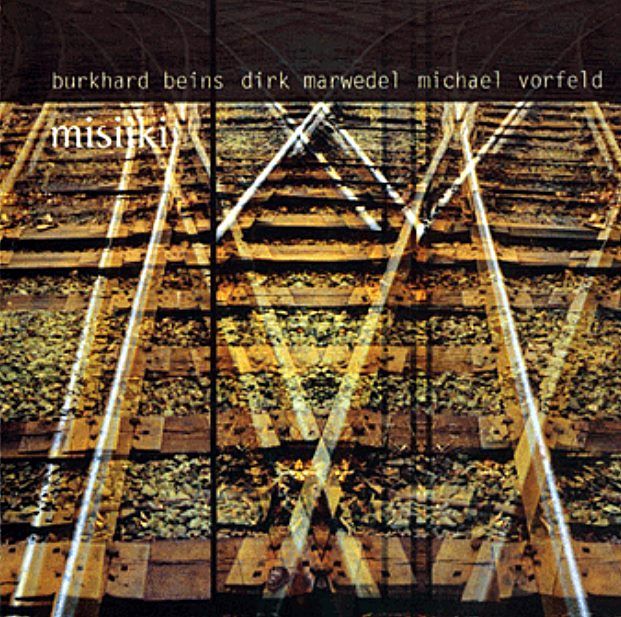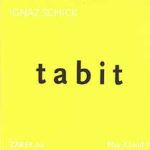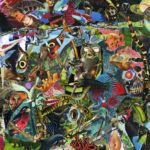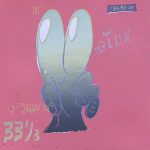Misiiki
10,00 € VAT included
Only 1 left in stock
“Just how far out on the limb of extended technique can you crawl without falling off the instrumental tree? Pretty dang far, if you ask percussionists Burkhard Beins and Michael Vorfeld (both also credited with “string instruments”) and “extended” saxophonist Dirk Marwedel. Beins is the best known of these three players, having graced some of the finest improv records of the last several years (in particular his partnerships with Andrea Neumann, Phosphor, Perlonex, and Keith Rowe), but each of the other players is a comer. They specialize not so much in the lightning-fast staccato style of the 70s British or German trio as in the minimalist spittle-and-thud approach of contemporary post-AMM improvisors. Recorded three years ago in Berlin, there are eight compact improvisations in just under 50 minutes. Most are highly restrained, with a muffled saxophone squawk merging with rubbed drum head or stroked cymbal or some similar move. It´s a music of inference and gesture rather than declamation. Beins is the guiding figure here, and significantly his playing has less to do with conventional understandings of momentum (even of the highly abstracted sort one hears from, say, Paul Lovens) than it does with shaping, the spontaneous construction of percussive frames through which players and listeners alike approach the music. Often the three strive to generate long, looping tones that blend into one multiphonic noise (“Chaar” and the long opening track exemplify this approach). Elsewhere , as on “Tune”, they dabble in miniatures, briefly exploring the conjunction between the sounds of dripping water and a foghorn. At times they resort to somewhat conventional gestures – a thudding bass drum or low tom, or perhaps a grainy sax tone – but in the general context of sparseness and extreme abstraction, these resonate with a strange power. Charming when it´s at its most guttural and gurgling, ominous when most tonal, this is fine stuff.”
– Jason Bivins, Signal To Noise –














